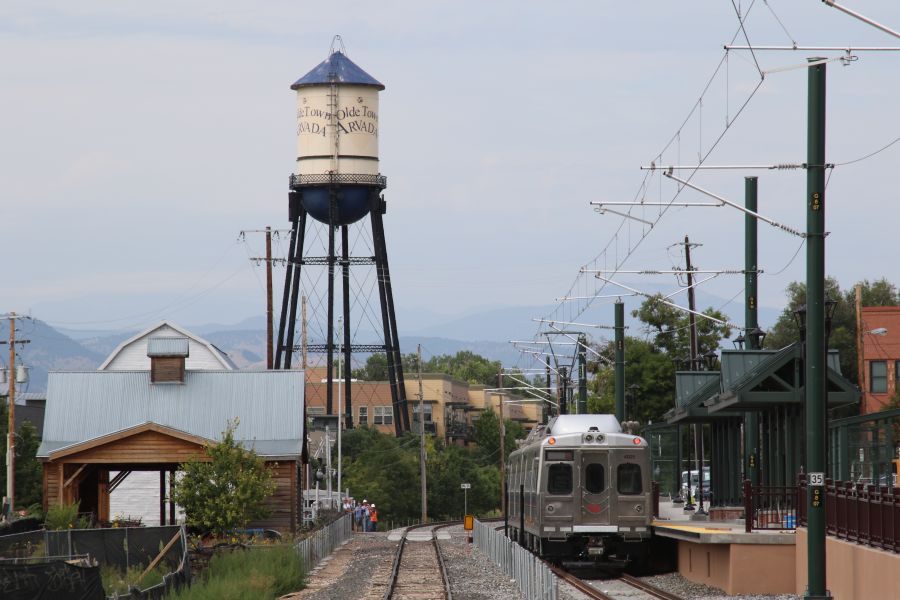
A state administrative law judge late on Tuesday allowed the Regional Transportation District to resume full testing on its long-delayed G Line from Denver’s Union Station to Arvada and Wheat Ridge.
An RTD spokesman said the judge’s order is a “big step” for the 11-mile commuter rail line, which was supposed to open in the fall of 2016.
"This helps us move forward. We know there are still issues that need to be resolved. But it's very encouraging,” said RTD spokesman Scott Reed.
Tests will start soon, and ramp up to eventually emulate how the train will operate when it finally opens. Much like the interim solution on the A Line, flaggers will be present at each at-grade crossing and trains will blow their horns as they approach those crossings.
The line is not yet open because of issues with wireless technology that controls crossing gates. The same system is used on RTD’s A and B commuter rail lines, where it has not operated as it was designed to. The gates sometimes come down too early and go up too late.
In 2016, state and federal regulators put the G Line on hold until the issues on the A and B lines were resolved. In October, the Federal Railroad Administration gave its approval for full G Line testing to resume.
But RTD still needs the state Public Utilities Commission to approve its system. The PUC in September denied RTD’s request to resume full testing, much to the chagrin of communities that have waited years for the line to open. Commissioners had worried that the additional time it took gates to open and close could be dangerous to motorists and pedestrians.
RTD appealed the PUC’s decision, arguing that an additional 15 seconds of buffer time “between design and actual warning times is a reasonable standard that is in the public interest.” The PUC referred the matter to one if its administrative law judges, Robert Garvey.
Garvey will allow testing to resume. But in his order published Tuesday, Garvey struck a skeptical tone toward RTD. He noted that the G Line will be tested to the original specifications, not to RTD’s proposed amendment. “[I]t is unclear how additional data from the G-Line would help in reaching a decision...,” Garvey wrote.
Reed, RTD’s spokesman, put a positive spin on Garvey’s order.
"Because they are saying it's unclear, means they are also taking a look at the information that is being presented,” Reed said, “and that they haven't made up their mind one way or the other."
Garvey will hear RTD’s case March 12-14, 2018 according to a schedule he set earlier in December. That could be moved up to Feb. 15 if there are no objections from the other parties involved, including freight railroads and municipalities along the rail route.
The A, B and G lines are RTD’s first foray into commuter rail, and are the first in the nation to be built with Positive Train Control. The federally mandated safety system, is one that all freight and commuter rail lines are now implementing across the country. RTD’s light rail lines, which generally operate smoothly, use different technology for their crossings.









